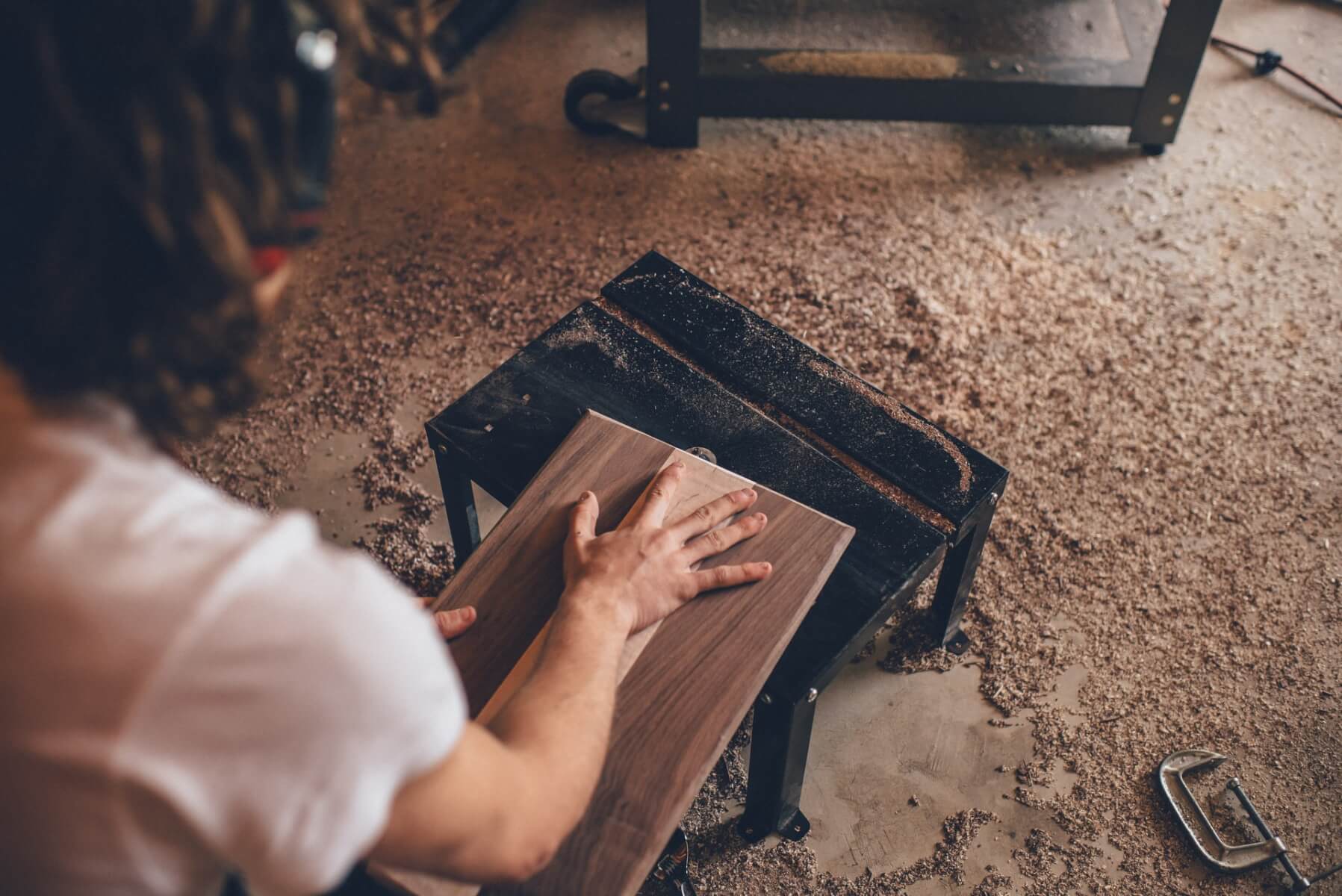Researchers from the Massachusetts Institute of Technology (MIT) have succeeded in growing plant tissues that mimic wood from the cells of a zinnia plant, colorful plants of the sunflower tribe.
Luis Fernando Velásquez-García and his team describe the process of growing the wood-like plant without soil or sunlight in a paper recently published in the Journal of Cleaner Production.
“Despite considerable and early resource investment, (imagine the cost of buying, fueling, and operating logging trucks and roads alone) only a small fraction of the cultivated crop may be economically valuable at harvest,”
The authors stated in the paper. Ashley L.Beckwith Jeffrey T.Borenstein Luis F.Velásquez-García
“The plant cells are similar to stem cells,” says Luis Fernando Velásquez-García, a co-author of the paper and scientist in MIT’s Microsystems Technology Laboratories. “They have the potential to be many things.”
And just like 3D printing, this lab-grown wood can be molded into any shape, without the need to use glue or screws to assemble the pieces.
“Plant cells are similar to stem cells in the sense that they can become anything if they are induced to,” study author Velásquez-García told MIT news.
Although the team is not quite there yet, the research opens new doors for the possibility of significantly reducing deforestation in the nearby future. However, this also requires “significant financial and intellectual investment”.
“Current systems for plant-based biomaterial production are inefficient and place unsustainable demands on environmental resources,“ says the paper.
In fact, according to data from the University of Maryland and posted on the website Global Forest Watch, the tropics lost a staggering 11.9 million hectares of tree cover in 2019 alone.
And with forests supporting around 80% of all terrestrial species and 12 million hectares being lost each year due to drought and desertification, hundreds of species are at risk of dying off.
“That got me thinking: Can we be more strategic about what we’re getting out of our process? Can we get more yield for our inputs?” The lead author of the paper, Ashley Beckwith told MIT news.
“I wanted to find a more efficient way to use land and resources so that we could let more arable areas remain wild, or to remain lower production but allow for greater biodiversity.”
It’s a radical yet elegant vision — “a new paradigm,” according to Borenstein. “There’s an opportunity here to take advances in microfabrication and additive manufacturing technologies, and apply them to solve some really significant problems in the agriculture arena.”
This research was partly funded by the Draper Fellow Program, a research-based sponsorship that has supported over 1.000 graduate students since 1973.
Follow TechTheLead on Google News to get the news first.

















